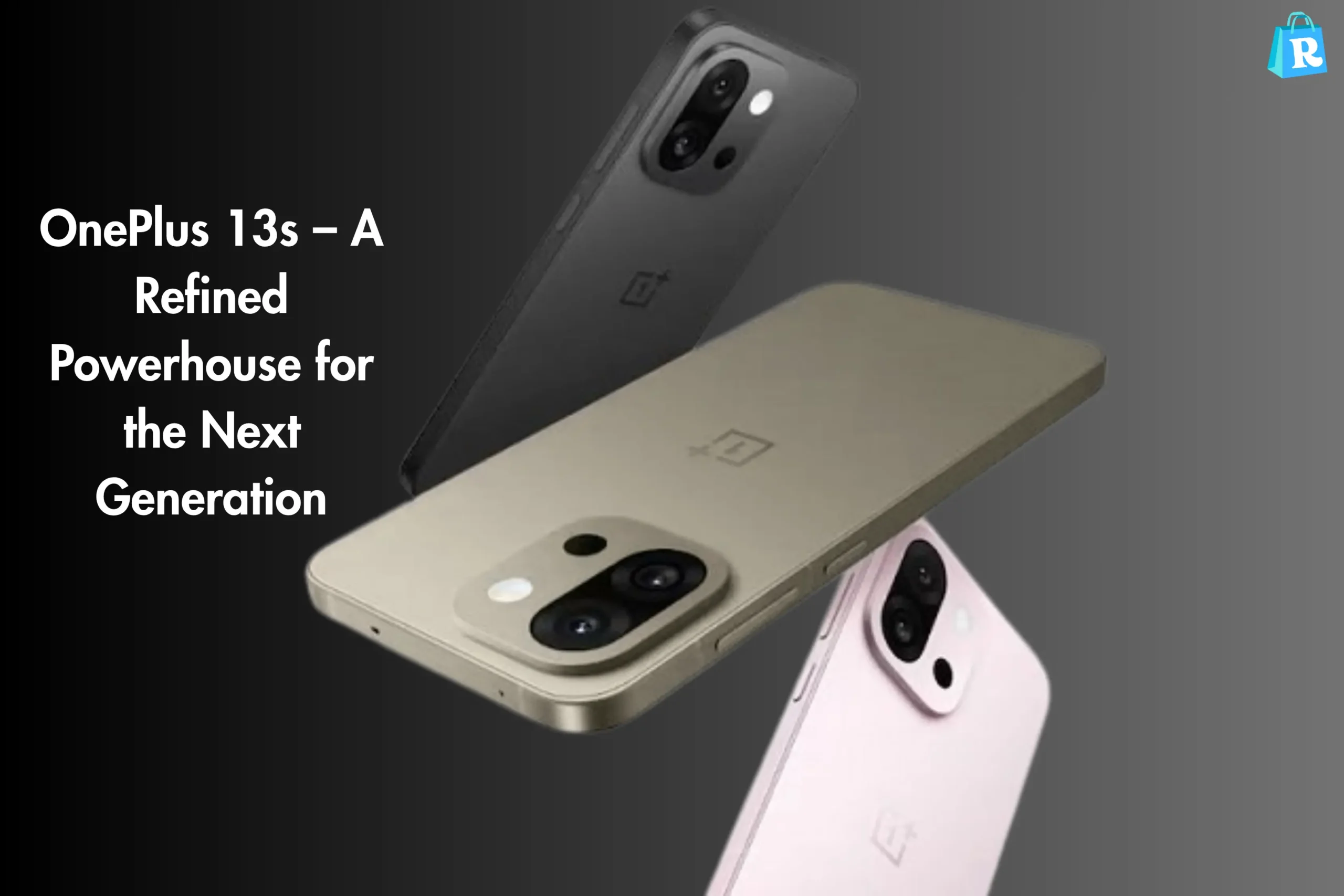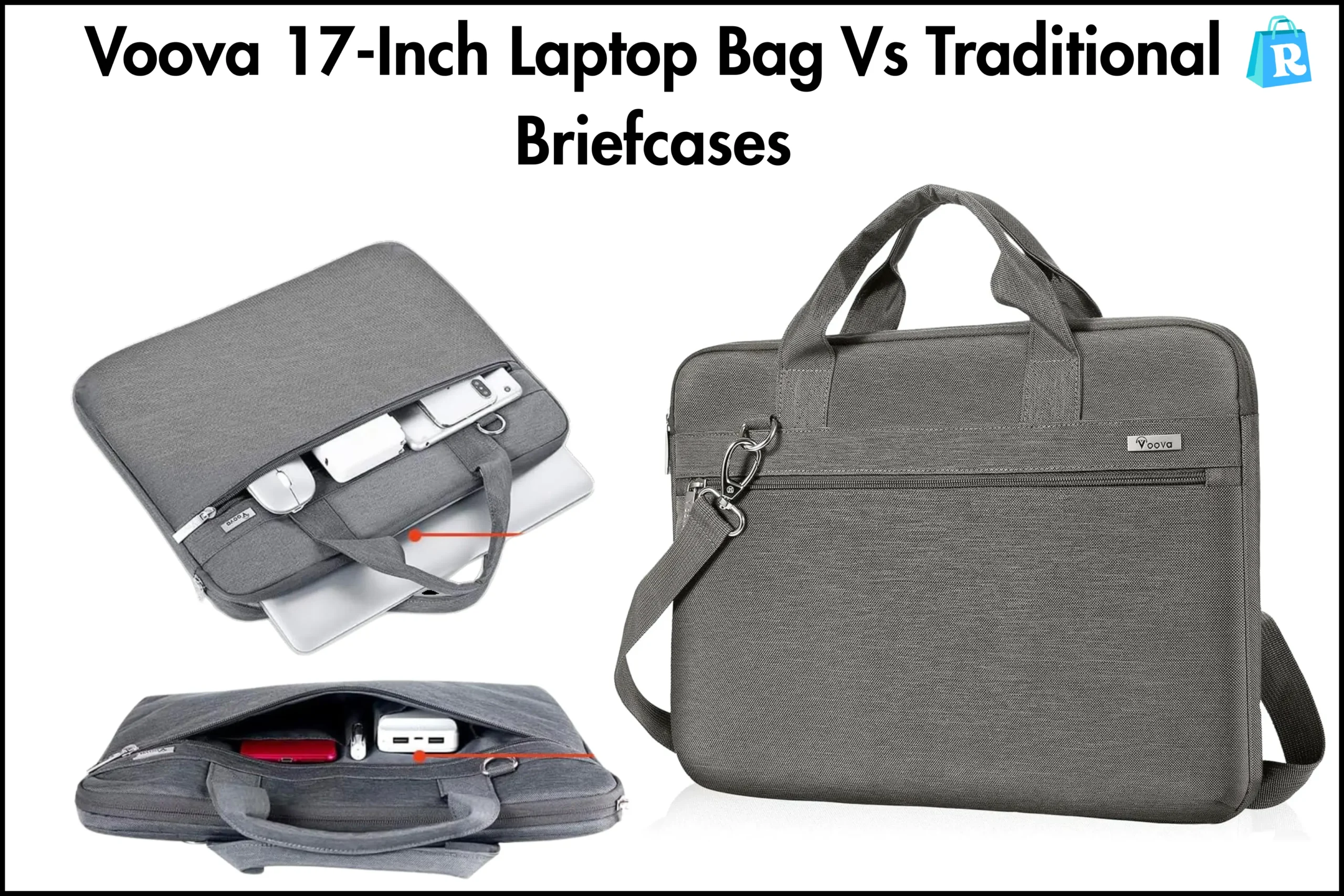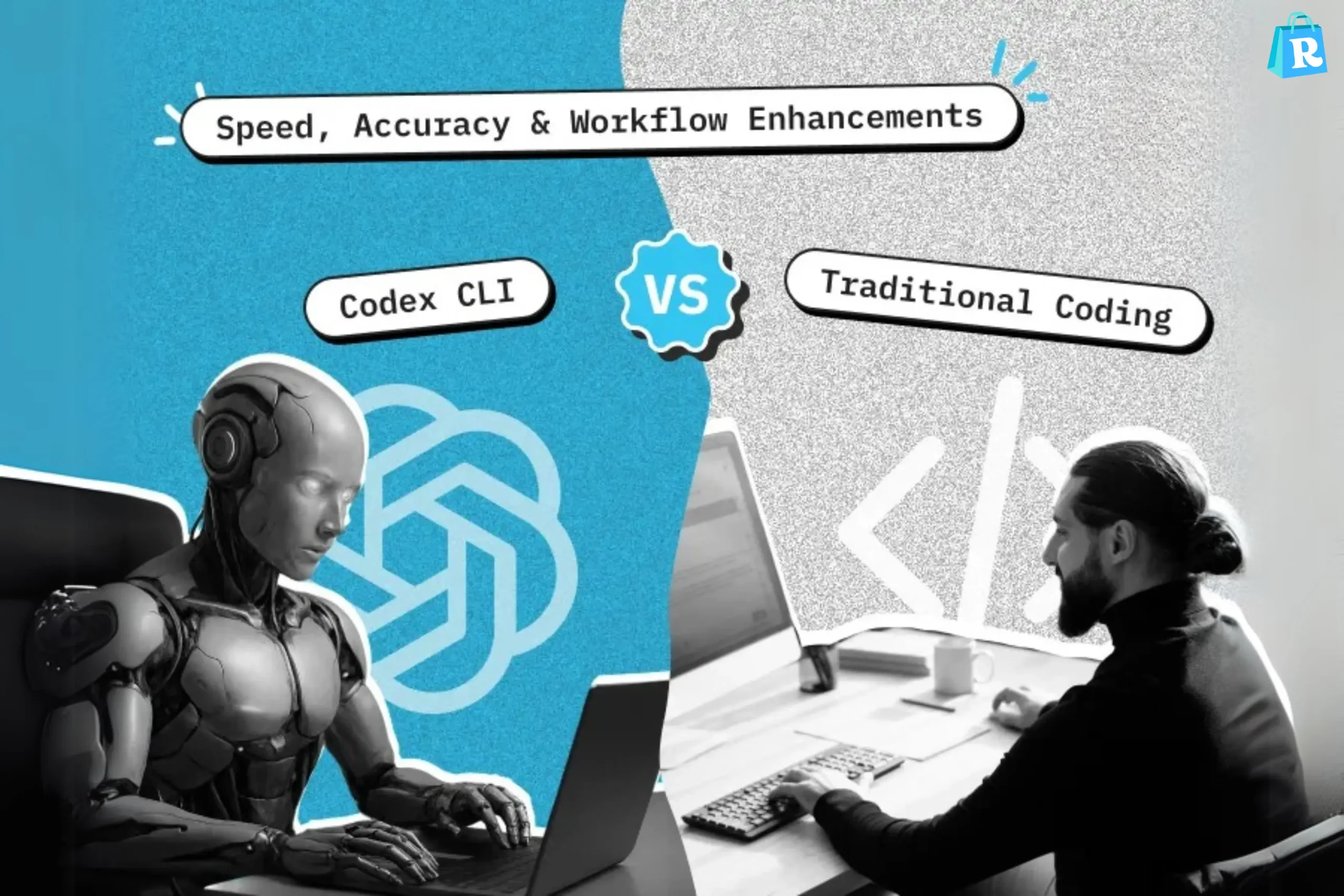Imagine having a private conversation, only to discover that your device may have been listening without your knowledge. This unsettling scenario became a reality for many Apple users, leading to a significant legal battle. The crux of the issue centered around Siri, Apple’s voice assistant, which allegedly recorded users’ conversations without explicit consent. This breach of privacy sparked widespread concern and ultimately culminated in a substantial class-action lawsuit against Apple.
In response to these allegations, Apple agreed to a $95 million settlement, aiming to compensate affected users and address the privacy concerns raised. This blog post delves into the details of the lawsuit, the settlement terms, eligibility criteria, and the steps users need to take to claim their share. By understanding the intricacies of this case, readers can make informed decisions about their rights and the measures they can take to protect their privacy.
Background of the Lawsuit
The lawsuit, known as Lopez v Apple, was initiated in California in 2021. Plaintiffs alleged that Apple’s Siri voice assistant was inadvertently activated, leading to the recording of private conversations without users’ consent. These recordings were reportedly shared with third-party contractors for quality control purposes, raising significant privacy concerns. The case gained momentum following a 2019 report by The Guardian, which highlighted instances where Apple contractors overheard sensitive user information during Siri quality evaluations.
Although Apple denied any wrongdoing, the company chose to settle the lawsuit to avoid prolonged litigation. The settlement aimed to address the privacy issues raised and compensate users who may have been affected by the unintended recordings.
Eligibility Criteria for the Settlement
To be eligible for compensation from the $95 million settlement, individuals must meet specific criteria:
- Device Ownership: Users must have owned or used a Siri-enabled Apple device between September 17, 2014, and December 31, 2024. Eligible devices include iPhones, iPads, Apple Watches, MacBooks, iMacs, HomePods, iPod touches, and Apple TVs.
- Unintended Siri Activation: Claimants must attest that they experienced unintended Siri activations during private conversations within the specified timeframe.
- Residency: The settlement applies to residents of the United States and its territories.
Eligible individuals can submit claims through the official settlement website, regardless of whether they received a claim ID. The deadline for submitting claims is July 2, 2025.
Compensation Details
Under the terms of the settlement, eligible claimants can receive up to $20 per qualifying device, with a maximum payout of $100 per person. This means that users who owned multiple Siri-enabled devices during the specified period can claim compensation for each device, up to the five-device limit.
To receive compensation, claimants must provide proof of device ownership or usage and attest to experiencing unintended Siri activations. Payments will be issued via check, e-check, or direct deposit, depending on the claimant’s preference. The final approval hearing for the settlement is scheduled for August 1, 2025, and payments will be made after the settlement is approved and any appeals are resolved.
Apple’s Response and Privacy Measures
In response to the allegations, Apple emphasized its commitment to user privacy. The company stated that Siri was designed to protect user information and that personal data has not been used for marketing or sold to third parties. Following the 2019 report, Apple made changes to its data handling practices, including:
- Suspending Siri Grading Program: Apple temporarily halted the program that involved contractors reviewing Siri recordings for quality control.
- Implementing Opt-In Features: Users are now given the option to participate in Siri grading, allowing them to choose whether their recordings can be used for quality evaluations.
- Enhancing Transparency: Apple updated its privacy policies to provide clearer information about how Siri data is handled and the measures in place to protect user privacy.
These steps were taken to address the concerns raised and reinforce Apple’s commitment to safeguarding user information.
Comparison Table: Key Aspects of the Settlement
| Aspect | Details |
|---|---|
| Settlement Amount | $95 million |
| Eligibility Period | September 17, 2014 – December 31, 2024 |
| Eligible Devices | iPhones, iPads, Apple Watches, MacBooks, iMacs, HomePods, iPod touches, Apple TVs |
| Maximum Payout | $20 per device, up to $100 per person |
| Claim Deadline | July 2, 2025 |
| Final Approval Hearing | August 1, 2025 |
| Payment Methods | Check, e-check, or direct deposit |
Key Features of the Settlement
The settlement encompasses several critical features designed to address the privacy concerns raised and provide compensation to affected users:
- Comprehensive Coverage: The settlement covers a wide range of Siri-enabled devices, ensuring that many users who experienced unintended activations are eligible for compensation.
- User-Friendly Claim Process: Claimants can submit their claims online through the official settlement website, streamlining the process and making it accessible to a broad audience.
- Privacy Enhancements: In addition to the financial compensation, Apple implemented changes to its data handling practices to prevent similar issues in the future, demonstrating a commitment to user privacy.
- Transparency and Accountability: The settlement and the steps taken by Apple highlight the importance of transparency and accountability in handling user data, setting a precedent for other technology companies.
Pros and Cons
Pros
Cons
Frequently Asked Questions (FAQs)
Q1: How do I know if I’m eligible for the settlement?
If you owned or used a Siri-enabled Apple device between September 17, 2014, and December 31, 2024, and experienced unintended Siri activations during private conversations, you may be eligible. The settlement applies to residents of the United States and its territories.
Q2: What devices are covered under the settlement?
Eligible devices include iPhones, iPads, Apple Watches, MacBooks, iMacs, HomePods, iPod touches, and Apple TVs that had Siri enabled during the specified period.
Q3: How can I submit a claim?
Claims can be submitted online through the official settlement website at www.lopezvoiceassistantsettlement.com. You will need to provide proof of device ownership and attest to experiencing unintended Siri activations.
Q4: When will I receive my payment?
Payments will be issued after the final approval hearing scheduled for August 1, 2025, and the resolution of any appeals. The exact timing may vary depending on the number of claims and administrative processes.
Q5: What if I didn’t receive a claim ID?
Even if you did not receive a claim ID, you can still submit a claim by providing the required information and documentation through the settlement website.
Conclusion
The $95 million settlement in the Lopez v Apple case underscores the critical importance of data privacy in today’s digital age. While Apple denies any wrongdoing, the company has taken steps to address the concerns raised, including compensating affected users and implementing changes to its data handling practices.
For users who believe they may be eligible, it’s essential to review the eligibility criteria and submit a claim before the July 2, 2025, deadline. This case serves as a reminder of the need for transparency and accountability in handling user data, and it highlights the role that legal action can play in upholding privacy rights.






